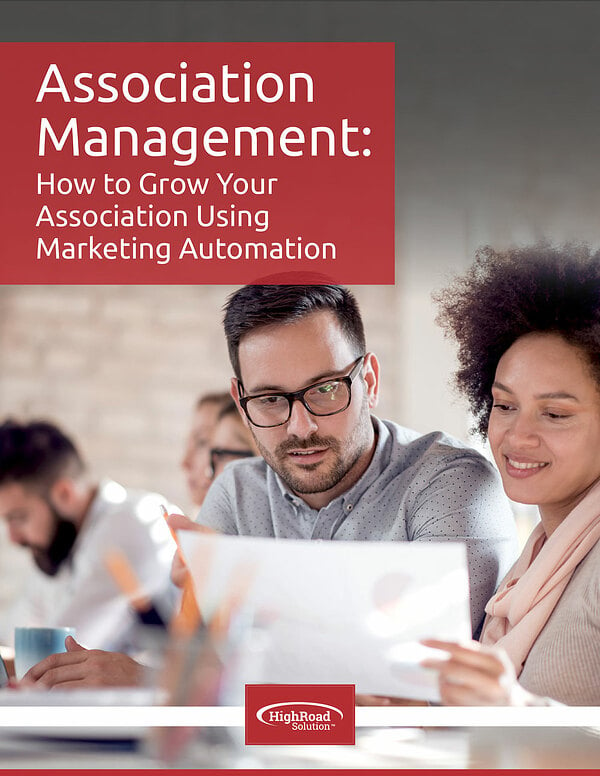Personalization is the New Salesperson
You may have heard that SEO (search engine optimization) is the new salesperson, but we could also make the case for why personalization is the new sales-person. While SEO is the practice of optimizing content for search engines to serve your site ideally on the front page of the search engine results page (SERPs), personalization goes one step farther while serving custom experiences to your potential leads and searchers.

All this is to say that the buyer’s journey has completely transformed and the salesperson is increasingly replaced with automation, optimization, and personalization. In the current market, you are more likely to have a member director that is more of an advocate for the potential member, than someone who actively influences leads to convert. All of the discovery, consideration, and decision making is done online without anyone ever speaking to a real person. This leads to a new process that is comprised of a content strategy, data decision making, and personalized automated workflows.
Where SEO and personalization begin to differ is how the two practices use technology and data. With an SEO strategy the practitioner is focusing on keywords and then brainstorming the end users search behavior. Personalization uses the search behavior of users to serve up custom content to meet their needs for where they are in the buyer’s journey. Since automation software stores search behavior of known individuals with your branded entities, personalization is sort of the maturity of a content marketing strategy/SEO strategy and sales funnel.
If you are like 60% of marketers found in this study by Clearhead, you may be open and ready or even in the process of adopting the right technology, but closer to 17% of you haven’t adopted the right strategy to fully optimize personalization. It begins with data strategy.
- First, you want to segment the data you are collecting with that powerful marketing automation software. Ask what makes sense for segmenting your audiences for your particular organization. For example, I may segment based on high and low engagement or member versus nonmember, and so on. Good personalization begins where your goals and data meet - so start backwards with the data points you have for a realistic approach to an otherwise daunting task. Then, optimize going forward by testing and collecting for different data points.
- Next, determine what that personalization experience looks like. Sure, you can personalize based on weather, gender, and location, but users aren’t all that reliable and not all data points paint a clear picture. So, start simple. Men and women tend to shop differently. Millennials and Generation X tend to differ (a millennial might like feedback throughout the buying process, for example). If you begin simple across generations and gender, you can build into more complex predictions and experiences. By starting small, you can optimize with the least effort to achieve the greatest results.
- Last, rinse and repeat. Determine how to take that personalization strategy and implementation and scale it across processes, departments, and events. Note: the heavy lifting of personalization should take place after any website or content changes. Use personalization for both return on investment efforts, but also as a way to learn more about your visitors. Those insights tend to be more scalable and longer-lasting.
Perhaps you are already busy brainstorming different buyer experiences made possible with personalization and data segmentation - that’s the idea with this post; to get you thinking. The future is all about data and user profiles, gaining insights based off a deeper understanding of your visitors and members. If you think you can afford to not adopt new strategies for the sales process, just think of the level of maturity your colleagues and competitors are advancing towards without you.
If you found these tips for starting with personalization helpful, our Analyst Briefs by Demand Metric on Content Personalization and how Personalization is Changing Brand Communications should be your next stop.
About Emily Nash
With a unique background in start-ups-to-studios, and consulting-to-corporate settings, Emily specializes in solving for unknowns, pioneering new services, and collaborating with marketers and strategists. In her community, she served on the board of American Institute for Graphic Arts as their Communications Director to help promote networking and mentorship opportunities for area designers and creatives. She’s also a co-producer for Rethink Association, a podcast for associations.







